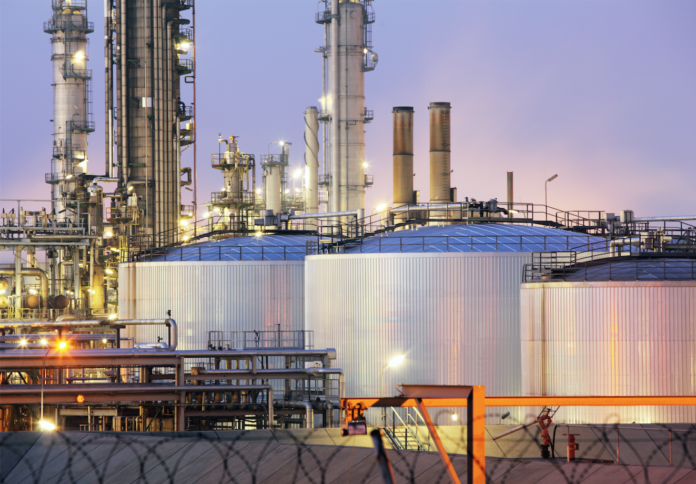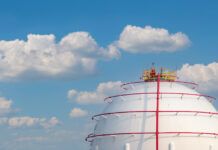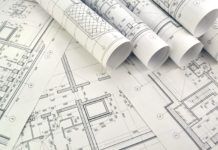South Africa-based Sasol completed a detailed review over the summer of its ongoing Lake Charles Chemicals Project, leading to the release of a full report on the review and on the project’s progress in late August.
The LCCP consists of a world-scale 1.5 million-ton-per-year ethane cracker and six downstream chemical units: two large polymers plants (low-density and linear low-density polyethylene) and an ethylene oxide/ethylene glycol plant, which together will consume around two-thirds of the ethylene produced by the cracker; and three smaller, higher-value derivative plants, which will produce specialty alcohols, ethoxylates and other products.
The project is under construction adjacent to Sasol’s existing chemical operations outside of Lake Charles. It is the second largest of the industrial megaprojects currently on the board for both southwest Louisiana and the state.
The review confirmed that the total capital cost for the project is expected to be $11 billion, which includes site infrastructure and utility improvements. This is an increase of $2.1 billion from the original estimate at the time of final investment decision in October 2014. As of June 30, the capital expenditure to date on LCCP was $4.8 billion, and the project was around 50% complete, the company reported.
An updated schedule now has the first unit, the linear low-density polyethylene unit, expected to achieve beneficial operation in the second half of calendar year 2018, which will be followed by the ethane cracker and ethylene oxide and mono ethylene glycol units later that year, with the low-density polyethylene unit shortly thereafter. Sasol said this will put the LCCP at 80% of total output by early 2019.
The increased cost of the project was attributed to several factors, which Sasol said played equal roles:
• a significant increase in site and civil costs due to much more ground works required to establish the site compared to what was estimated as a result of poorer than anticipated subsurface conditions, 50% more weather day delays over the site construction period compared to the average norm, and much lower field productivity resulting from a conscious decision to proceed with out-of-sequence site preparation activities while waiting for a variation of permit conditions to be granted;
• increased EPC costs due to “an increase in contractor wage rates,” “lower engineering productivity” and an increase in hours as a result of increased material quantities.
• “an increase in labor costs as a result of higher quantities of material for installation, the decision to change to a higher-skilled and thus higher-cost crew mix to enable planned labor productivity improvements for the remainder of the project, and lump-sum contracts placed at higher rates than estimated.”
Although now forecasting returns lower than those expected two years ago, the company still considers LCCP “to be a sound strategic investment that will return value to our shareholders for many years into the future.”
Originally published in the fourth quarter 2016 edition of 10/12 Industry Report.









